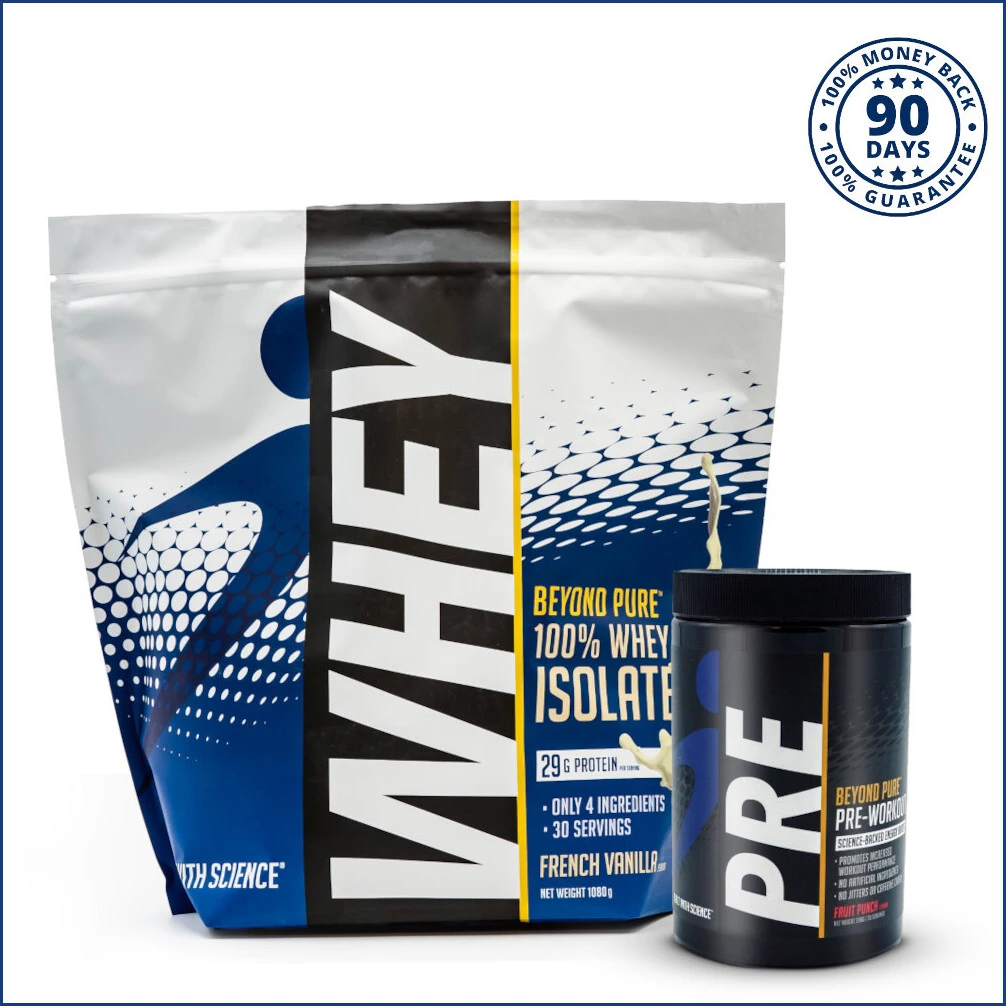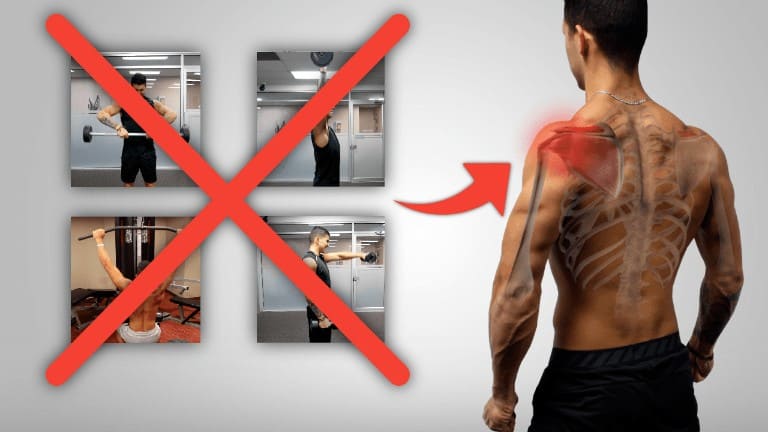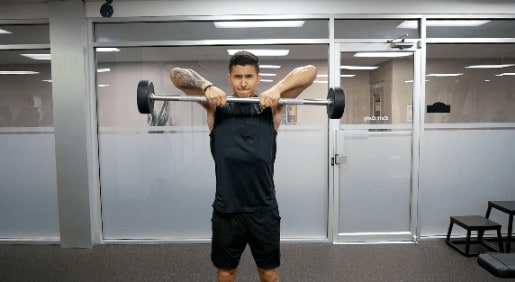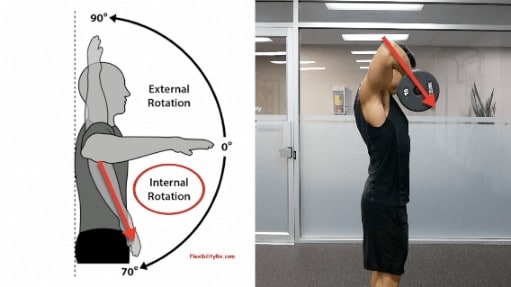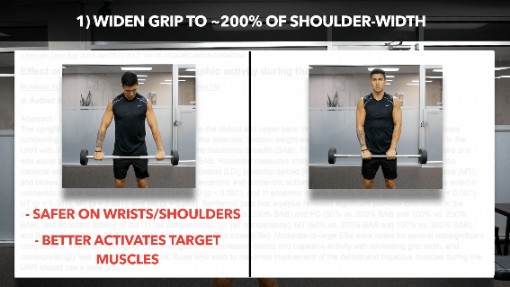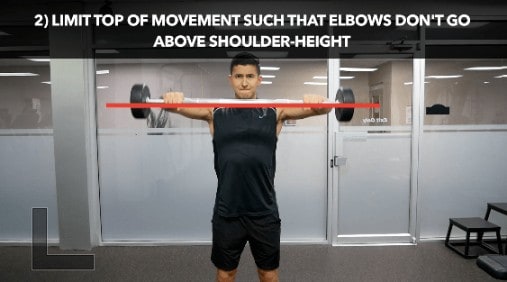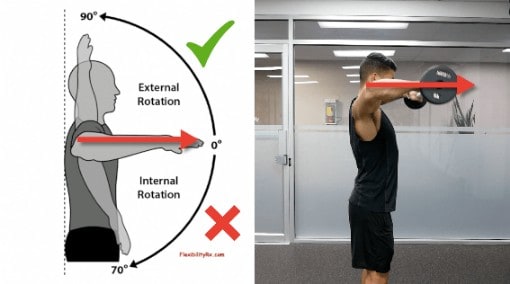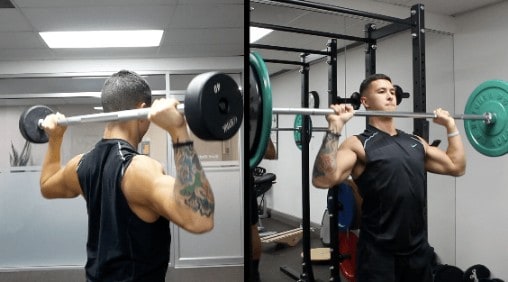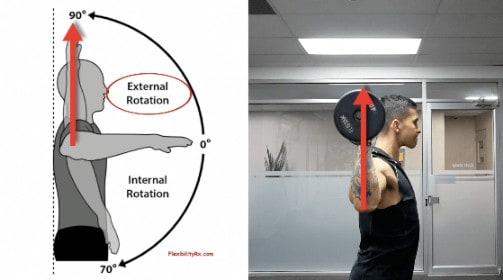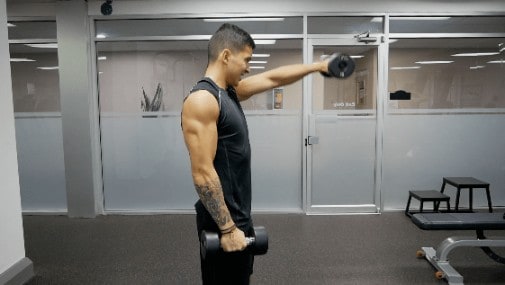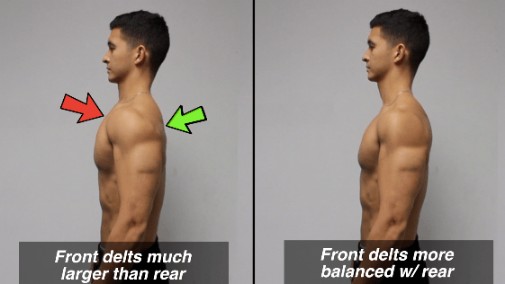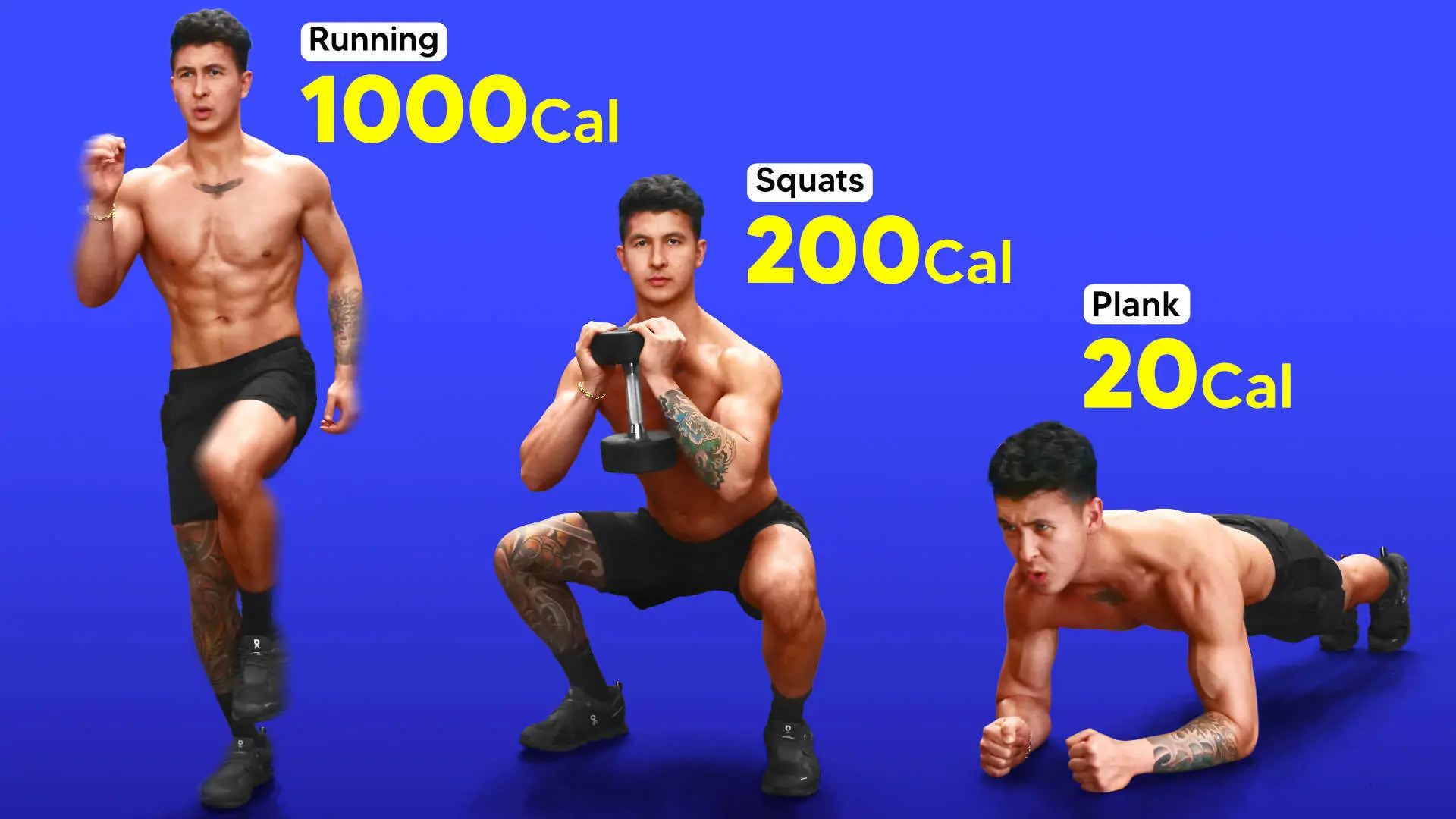4 Risky Exercises You Should Avoid (And What To Do Instead!)
When it comes to building muscle, losing fat, and progressing in the gym, nothing is going to set you back more than injuries will.
...which is exactly why you need to design your workout program such that it ensures your longevity in the gym and minimizes your risk of injury. And one of the easiest ways you can do this is with proper exercise selection.
Now although it’s true that any exercise can quickly become dangerous if performed incorrectly, there are common exercises that - for the majority of people - have a higher risk associated with them and are ALSO inferior in terms of muscle growth. And thus, should be avoided if you care about your long term shoulder health.
In this article I’ll discuss 4 such exercises, why they’re considered risky in the first place, and what you should do instead.
If you're looking for a training program that'll help you avoid these injury-causing mistakes in the first place, I've got just the thing for you. I’ve designed every program of mine to be an all-in-one, science-based process that’ll get you to your dream physique in the safest, and most time-efficient manner. For more information:
Click the button below to take my analysis quiz to discover the best program for you:
↓
1) Upright Row (The "Standard" Version)
The upright row is a common choice for those looking to develop their traps(Best Trap Exercises) and shoulders(Check out this shoulder workout). However, if you analyze the mechanics of the exercise, it’s easy to see why this may not be the best choice.
This is because at the top of the movement, the shoulder gets into something called an internally rotated position - where the elbows are high and the hands are below holding the weight.
As the shoulder is in the above position, the tendon of the supraspinatus (one of your rotator cuff muscles) can rub against a bone in the shoulder which can lead to shoulder inflammation and pain.
And as expected, observational research agrees with this idea as well.
For example, this 2014 paper from the Journal of Strength and Conditioning Research looked into shoulder injuries and exercise selection among 77 resistance trained men.
They actually found that:
There was a significant difference for the presence of shoulder impingement among individuals who performed upright rows when compared to those who did not.
Leading the researchers to conclude that “there seems to be a significant, strong association between the upright row and shoulder impingement.”
Thus indicating that for most individuals, the upright row just probably isn’t worth doing. So what can you do instead?
The Safer, More Effective "Modified" Upright Row
One option is to modify the upright row to make it not only safer but also more effective. And you can do this by making the below 3 changes:
1) Widen your grip to about 200% of shoulder-width.
Since based on this 2013 EMG analysis from the Journal of Strength and Conditioning Research, this grip width is safer on the wrist and shoulder joint AND elicits higher upper trap and lateral deltoid activity when compared to a narrow grip.
2) Limit the top of the movement such that your elbows don’t go above shoulder height.
This point is vital such that you're able to accomplish point 3 - which is the most important point!
3) Ensure that as you raise the weight, your hands are not below your elbows but are actually raised up to (or above) elbow height.
As shown above, this point will be key in eliminating the internal rotation component of the movement and thus making it much safer to do.
This new and improved form will not only make the movement safer but also makes it more effective at activating the target muscle groups.
Safer Alternatives
Another option that may be better suited for some individuals, especially if you’ve had prior shoulder injuries, is to simply use lower-risk alternatives. These alternatives should ideally hit the same muscle groups as the upright row does – mainly the upper traps and lateral deltoid.
For the upper traps, one great alternative is the barbell shrug, which I show how to properly perform here.
And for the lateral deltoid, a great alternative is the dumbbell lateral raise, which is however vital that you perform correctly and is explained here.
2) Behind The Neck Presses
The behind the neck press is another common exercise used to target the shoulders. It's a slight variation of the standard overhead press such that the bar is brought behind the head instead of in front.
However, for most individuals, this can again be a risky exercise to perform.
And the reason being is because in order for you to safely lower the bar behind your head, it requires a great deal of external rotation at the shoulder. Which most people just don’t have the adequate mobility to do!
In fact, one 2015 paper from the Journal of Sport and Health Science took 33 trained subjects and had them perform overhead presses both in front of and behind the head.
The researchers concluded that:
Behind the neck presses required greater shoulder flexibility in external rotation than most males possess.
And this becomes risky because when you don’t possess the adequate mobility for the movement, it not only excessively strains the shoulder joint but you also tend to compensate by sticking your neck forward in order to allow the barbell to pass behind your neck.
This in turn increases the compressive forces within the neck and should definitely be avoided...
So what should you do instead?
Simple. Stick to the standard in front of the head shoulder press.
This will target the same musculature as behind the neck shoulder presses BUT is a much more natural plane of movement for your shoulder... and thus enables you to lift more weight when compared to behind the neck presses.
Knowing the safest alternatives to specific exercises that'll suit your training goals is pretty complicated. Thankfully, though, the team here at BWS has the necessary expertise to do just that. Our 3-on-1 coaching program takes the guesswork out of training, nutrition, and even mobility work - so you can focus on what matters: making gains. If you're interested:
Click the button below to find out more about the 3-on-1 coaching program:
↓
3) Behind The Neck Lat Pulldowns
Again, due to the mechanics of this exercise and the degree of external rotation needed to perform it correctly... it makes it another exercise that for most people just simply isn’t worth the risk of doing.
Instead, your best bet is to stick with front lat pulldowns. Since this variation doesn’t involve excessive external rotation of the shoulder and is ALSO the better option in terms of back development.
Proving this point, this 2009 paper from the Journal of Strength and Conditioning research compared activity of the lats during behind the neck and front of neck lat pull downs.
They found that front lat pulldowns elicited significantly higher lat activation than behind the neck lat pulldowns.
Which led the researchers to conclude that:
“Given the potential risk of behind-the-neck lat pulldowns and its inferior activation of the lats, it appears to be an unnecessary exercise and should be avoided.”
So for these reasons, simply stick to front lat pulldowns.
4) Front Raises (Front Delt Isolation Exercises)
Now although this exercise in itself isn’t necessarily dangerous in my opinion for most people it’s just not needed and CAN definitely contribute to problems down the road.
This is because the front delts are already very active in most pressing movements. Which is why most people have proportionately bigger and stronger front delts when compared to their rear delts.
And since, as shown in this paper from the Journal of Clinical Biomechanics:
“The rear delts play an important role in reducing injury potential.”
...by further emphasizing the front delts through isolation movements and spending less time on the rear delts, it just worsens this common muscle imbalance and can very well contribute to shoulder injuries over time.
Therefore, for most individuals, you can just avoid any front delt isolation and leave it to your compound movements like overhead presses to develop this area.
Which, as shown in studies like this one by Behren & Buskies, already elicits 41% greater activity of the front delts when compared to front raises.
So instead of hammering away with front raises...
I’d recommend increasing the volume dedicated to your rear delts as this will not only provide a more balanced look to your shoulders and posture BUT will also help reduce the risk of injury overtime.
Takeaways
That's pretty much it for this article - but keep in mind though that these exercises for some individuals can be perfectly fine and even beneficial depending on your specific goals. However, this is highly dependent on your current range of motion and your specific anthropometry.
But since we know anatomically AND through research that the majority of individuals will likely have problems with these exercises....
AND that the risk of performing them highly outweighs the benefits....
It would be wise to stick to the recommendations I provided 🙂
I hope you enjoyed this one and hopefully, this explains some of the nagging shoulder pain you've been experiencing! As always, let me know in the comments if you have any questions/concerns I can help you with. And don't forget to show me your support by giving me a follow on Instagram , Facebook , and Youtube where I’ll be posting informative content on a more regular basis. Cheers!
And for those looking for a complete step-by-step program that uses science to show you how to properly train AND eat week after week to transform your body in the most efficient and injury-free way possible, then:
Click the button below to take my analysis quiz to discover the best program for you:
↓



